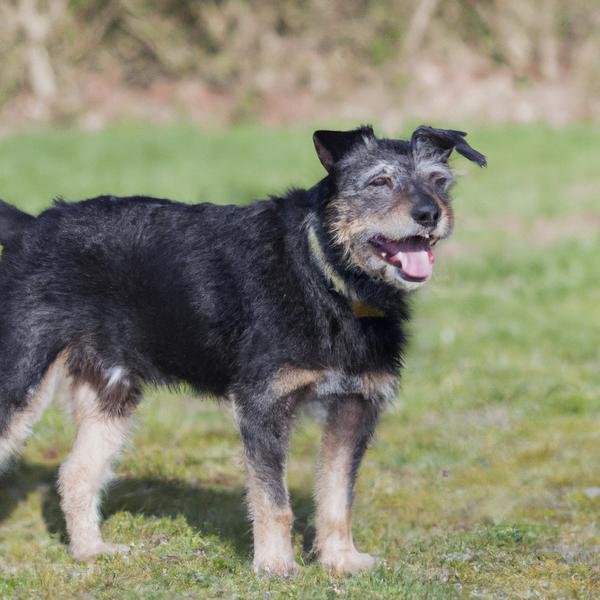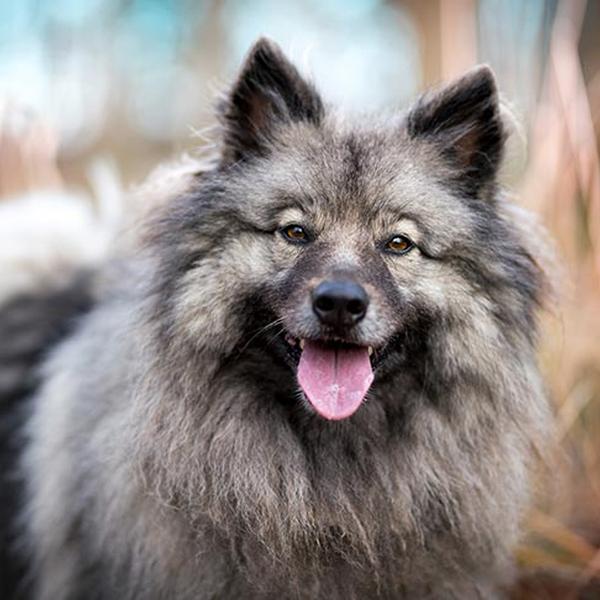Brusston vs. Keeshond: Breed Differences and Similarities
Hypoallergenic
Are Brusstons or Keeshonds hypoallergenic, or neither?
Unfortunately, neither Brusston nor Keeshond are hypoallergenic, which may not make them the best choice for dog lovers who suffer from pet allergies.
Temperament
What are the personalities of Brusston and Keeshond dogs?
Playful
Alert
Sensitive
Intelligent
Friendly
Affectionate
Lively
Gentle
Inquisitive
Aggressive
Selfish
Watchful
Companionable
Agile
Obedient
Quick
Intelligent
Bright
Playful
Sturdy
Shedding Level
Do Brusstons shed more than Keeshonds, or which breed sheds more, Brusstons or Keeshonds?
Brusstons are low shedding dogs, requiring minimal coat care.
Keeshonds shed a lot of hair each year, so frequent brushing is essential for reducing shedding and maintaining coat health.
Origin
What is the origin of Brusston and Keeshond dog breeds?
United States
Netherlands
Ancestry
What are the origins of Brusston and Keeshond breeds?
Boston Terrier and Brussels Griffon
Samoyed, Chow Chow, Finnish Spitz, Norwegian Elkhound, Pomeranian
Date of Birth
When were Brusston and Keeshond breeds first developed?
Unknown
1700s
Eye Color Possibilites
What are the eye colors of Brusston and Keeshond dogs?
Brown
Brown
Nose Color Possibilites
What are the natural nose colors of Brusston and Keeshond?
Black
Black
Coat Color Possibilites
What are the natural colors of the coat for Brusston and Keeshond breeds?
Black
White
Brown
Black
Gray
Fawn
Silver
White
Sable
Brindle
Coat Length
What is the typical coat length for Brusston and Keeshond breeds?
Brusstons are known for their coat length.
Keeshonds have longer coats compared to most dogs.
Coat Density
What is the density of the coat of Brusston and Keeshond?
Coat Texture
What is the hair texture of Brusston and Keeshond?
Wiry
Straight
Litter Size
What is the usual litter size for Brusston and Keeshond?
A Brusston can have a litter of 3-5 puppies on average. However, it's worth noting that the size of the litters can vary greatly. Factors that can influence litter size include the health of the mother, breeding history, and genetics.
A Keeshond can have a litter of 12-14 puppies on average. However, it's worth noting that the size of the litters can vary greatly. Factors that can influence litter size include the health of the mother, breeding history, and genetics.
Adaptability
Brusston and Keeshonds are known for their adaptability and versatility. They are capable of adapting well to a wide range of lifestyle changes and living environments, making them great companions for families and individuals of all lifestyles.
Health Issues
Between Brusston and Keeshond, which breed is more prone to health problems?
Brusston and Keeshond breeds are generally considered to be healthy. However, like all breeds, they are susceptible to certain health issues and it is important to keep an eye out for them and address them with your veterinarian as needed.
Major Concerns
What are the major health concerns for Brusston and Keeshond breeds?
Brachycephalic Syndrome
Renal Cortical Hypoplasia
Hip Dysplasia
Mitral Valve Disease
Heart Disease
Minor Concerns
What minor health issues should be kept in mind when owning Brusston and Keeshond?
Patellar Luxation
Deafness
Demodicosis
Cherry Eye
Progressive Retinal Atrophy
Cataracts
Glaucoma
Hemivertebrae
Hydrocephalus
Atopic Dermatitis
Tricuspid Valve Dysplasia
Cleft Lip or Palate
Patellar Luxation
Epilepsy
Skin Problems
Congenital Heart Defect
Occasional Tests
What occasional tests are recommended for Brusston and Keeshond breeds?
Blood Test
Hip X-Rays
Dna Test For Pk
Eye Examination
Physical Examination
Cardiac
Eye
Hip
X-Rays
Eye Examination
Physical Examination
Social Needs
Brusston vs Keeshond social needs comparison
Brusston and Keeshond have above average social needs compared to other breeds. They thrive in environments where they have a lot of interaction with humans and other dogs.
Sleeping Need
Which of the two sleeps the most/least: Brusston or Keeshond?
Brusstons have moderate energy levels and typical sleep patterns of 12-14 hours per day.
Keeshonds sleep less than other breeds but still need adequate sleep for good health.
Mouthiness
Mouthiness Comparison: Brusston vs Keeshond?
Roaming urge
Brusston vs Labrador: Running away tendency?
Prey Drive
Brusston or Keeshond - which breed has a higher level of prey drive?
Past times
What are some enjoyable activities and ways to keep Brusston and Keeshond entertained?
Play dead, Walk, Keep away, Frisbee, Swim, Howling, Fetch, Speak, Shake, Tug-of-war
Walk, Run, Frisbee, Play, Fetch, Eating Snacks, Chewing, Playing, Sniffing, Heel
Activity Level
Which breed has higher energy, Brusstons or Keeshonds?
Brusstons are high-energy dogs. They need mental as well as physical exercise. These dogs require a lot of your involvement and without it they can, and will, become problematic dogs.
Keeshonds are medium-energy dogs and typically enjoy socializing and playing casual or even sustained games of chase with other dogs. They may also have occasional periods of barking or racing around the house.
Tolerance of being left alone
Walks per Week
How many miles should Brusston or Keeshond walk each week?
There's really no limit to how far you walk your dog as long as they're comfortable. For Brusston, it's at least 9 miles / week. Just remember to build distance and stamina gradually over time.
There's really no limit to how far you walk your dog as long as they're comfortable. For Keeshond, it's at least 8 miles / week. Just remember to build distance and stamina gradually over time.
Activity per Day
Do Brusstons or Keeshonds require more exercise?
Both Brusston and Keeshond typically require a minimum of 60 minutes of exercise each day. The exercise can be spread throughout the day and may involve high-energy activities like walking, running, and playing.
Grooming
Which breed is easier to maintain in terms of grooming, Brusstons or Keeshonds?
The Brusston requires an average amount of grooming compared to other breeds.
Keeshonds require significant grooming, including regular trims and professional grooming assistance to maintain their coat. They may also require frequent bathing to keep their coat and skin healthy.
Brushing Frequency
What is the recommended brushing frequency for Brusston and Keeshond dogs?
Brusston should be brushed at least once a week. Of course you can give them more frequent brushes if you find that they are still shedding a lot
Ideally, Keeshond should be brushed at least 2 or 3 times a week (preferably daily) improve shedding.
Brushing Tools
What brushing tools are used for Brusstons and Keeshonds?
Slicker Brush
Comb
Scissors
Nail Clipper
Pin Brush
Slicker Brush
Comb
Nail Clipper
Cups
How much food should be given to Brusston or Keeshond in cups?
For an average 10-25 pound (5 - 11 kg) Brusston feed 1 cups daily. But, keep in mind, the amount you feed is going to be dependent on the quality of the food you are feeding.
For an average 35-45 pound (16 - 20 kg) Keeshond feed 2.5 cups daily. But, keep in mind, the amount you feed is going to be dependent on the quality of the food you are feeding.
Daily Cost
Which breed has a higher daily cost, Brusston or Keeshond?
The average cost of a Brusston is somewhere $1.10 - $1.40 per day.
The average cost of a Keeshond is somewhere $2.50 - $3.20 per day.
Monthly Cost
Which breed has a higher monthly cost, Brusston or Keeshond?
The average per month expenses of a Brusston is between $35 - $42. This makes an average of $420 - $504 per year. It will be on the higher side when the dog is still small because it will need more frequent visits to the vet, shots.
The average per month expenses of a Keeshond is between $84 - $95. This makes an average of $1008 - $1140 per year. It will be on the higher side when the dog is still small because it will need more frequent visits to the vet, shots.
Sensitivity Level
How do Brusston and Keeshond compare in sensitivity?
These dog breeds are particularly attuned to its environment and the emotions of those around it. Brusston and Keeshond can be easily overwhelmed by loud noises, new environments, unfamiliar people, or animals. This dog breed is best suited for individuals or families who are patient, gentle, and understanding of its sensitive nature. It may also benefit from a calm and stable home environment, with a consistent routine and plenty of positive reinforcement training.
Apartment Friendly
Which breed is more apartment-friendly: Brusston or Keeshond?
Brusstons make excellent apartment dogs, being fairly active indoors and not requiring a yard.
Keeshonds are good apartment dogs as long as they get enough exercise and stimulation outside of the apartment.
Child Friendly
Do Brusstons or Keeshonds have a friendlier temperament towards children?
Brusstons have an average level of friendliness towards children.
Keeshonds are good with kids if socialized and trained from a young age.
Senior-friendly
Which dog is more suitable as a pet for the elderly - Brusston or Keeshond?
Cat Friendly
Do Brusston or Keeshond breeds have a better compatibility with cats?
Brusstons are very friendly with cats and make great companions for them.
Keeshonds are good with cats, but early training is needed to prevent chasing behavior.
Dog Friendly
Which breed is more sociable with other dogs: Brusston or Keeshond?
Brusstons and Keeshonds are friendly, active and loyal companions. They generally love to be around other dogs, making them a good family pet for some.
Pet friendly
How do Brusston or Keeshond dogs interact with other pets?
Stranger Friendly
Which breed is more friendly with strangers: Brusston or Keeshond?
Brusstons are friendly but may bark at strangers, and training is easy due to their intelligence.
Keeshonds are highly friendly around strangers.
Playfulness
Which breed is more playful between Brusston and Keeshond?
Brusston and Keeshond have an average level of playfulness. Like other dogs, they enjoy playing, but they are not the most playful dog breed.
Trainability
How do the trainability levels of Brusstons and Keeshonds compare?
Brusstons may require more time and patience to learn commands, but with consistency, they can be trained.
Keeshonds are usually easy to train but require consistency to fully obey commands.
Compare Brusston with other breeds
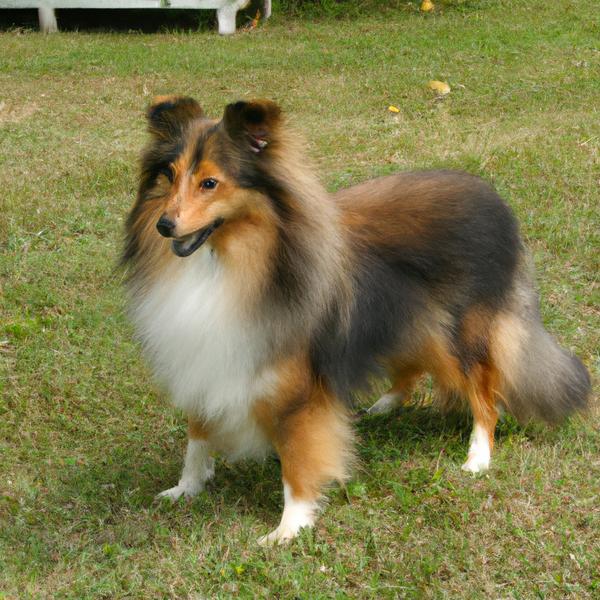
Sheltie Pin
Brusston vs Sheltie Pin
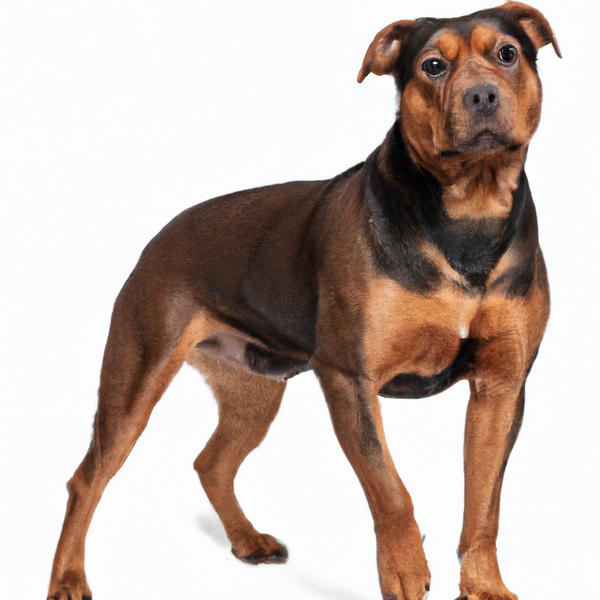
Pitweiler
Brusston vs Pitweiler
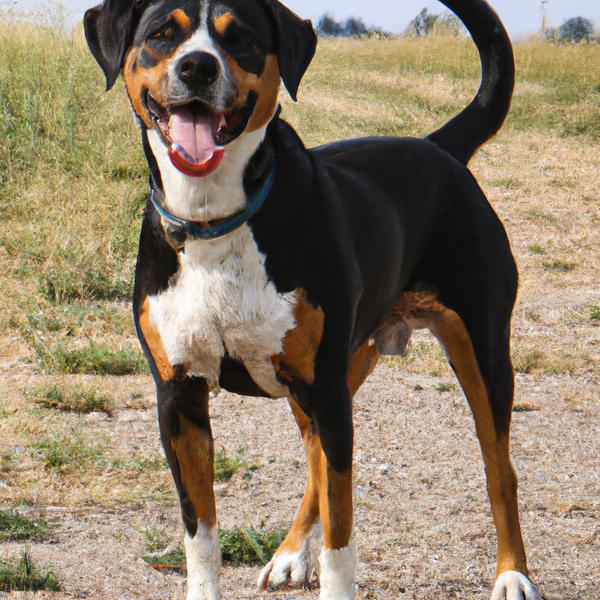
Entlebucher Pit
Brusston vs Entlebucher Pit
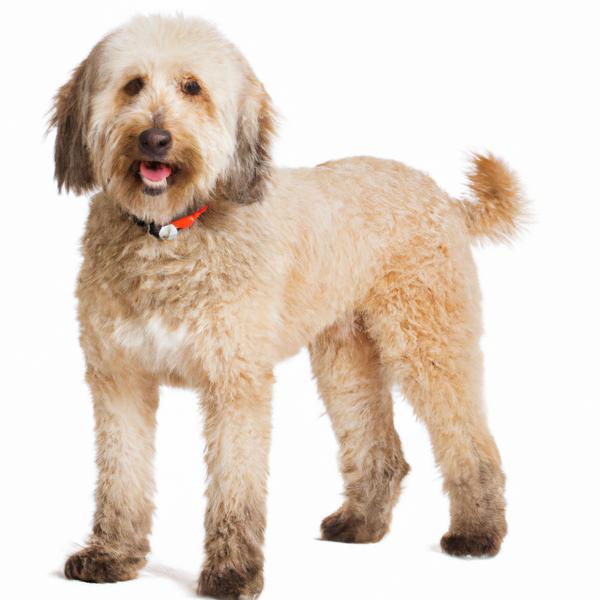
Terri-Poo
Brusston vs Terri-Poo
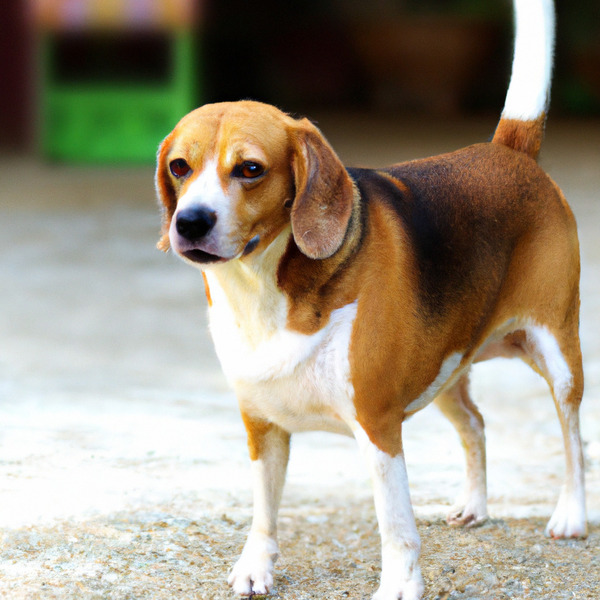
Beago
Brusston vs Beago

Clumber Lab
Brusston vs Clumber Lab
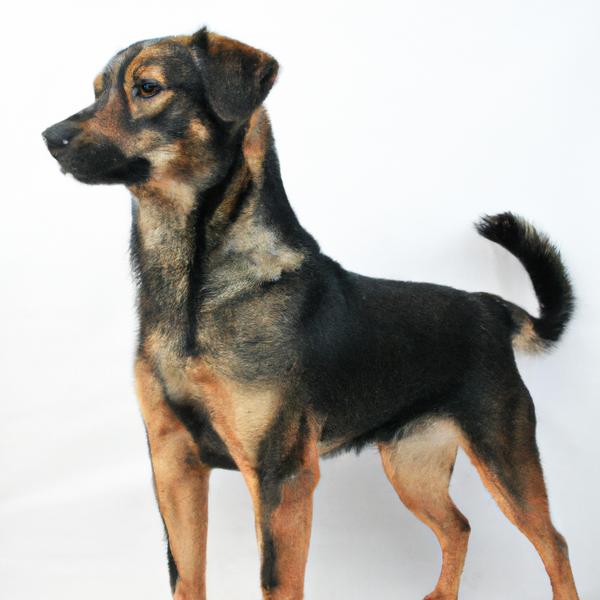
Chesador
Brusston vs Chesador
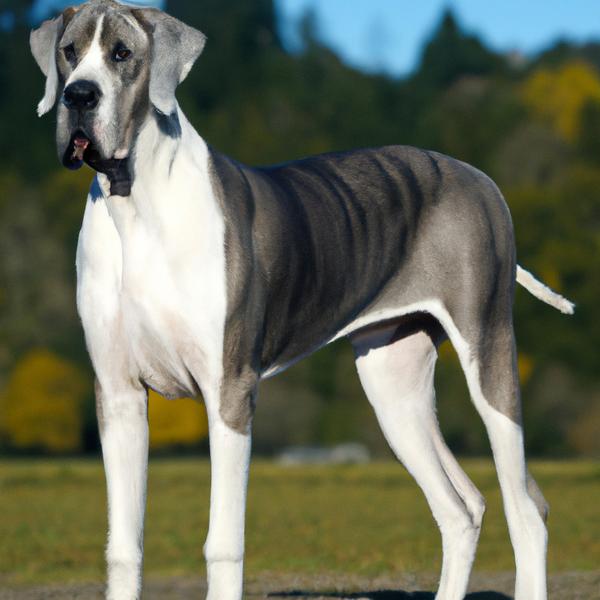
Greater Swiss Mountain Dane
Brusston vs Greater Swiss Mountain Dane
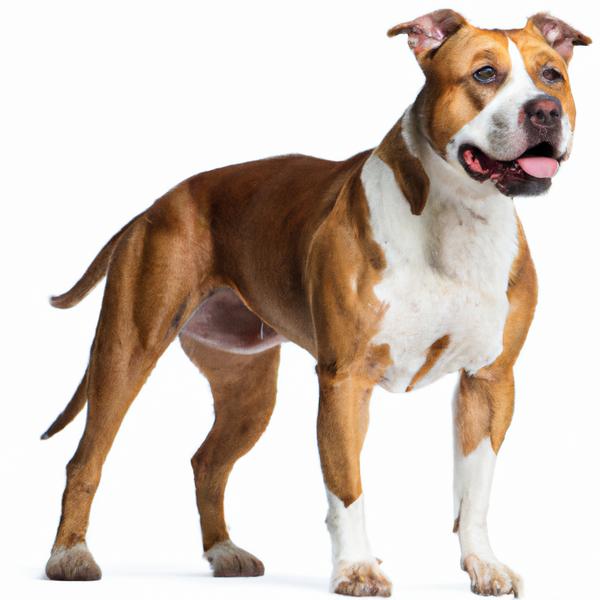
American Staffordshire Terrier
Brusston vs American Staffordshire Terrier
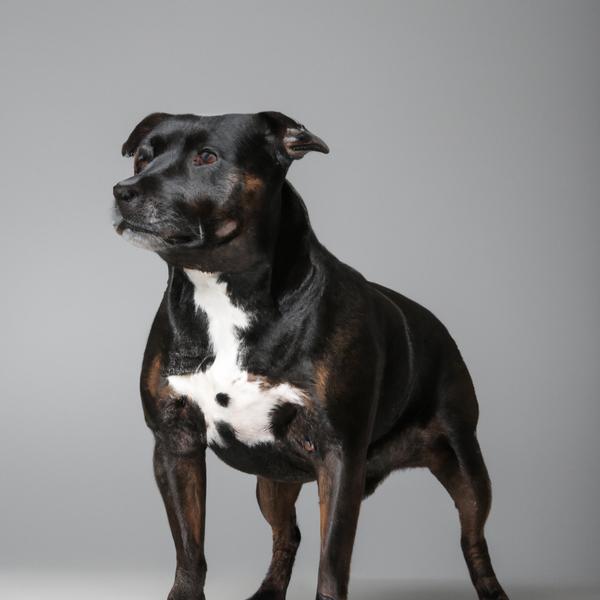
Staffordshire Bull Terrier
Brusston vs Staffordshire Bull Terrier
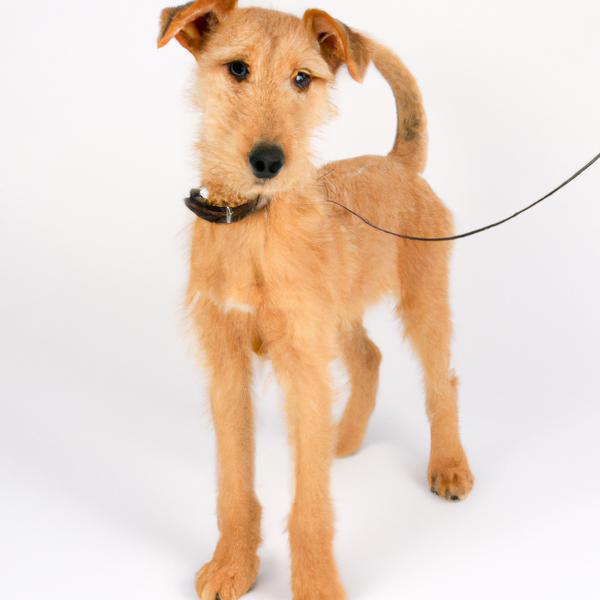
Wire Foxton
Brusston vs Wire Foxton
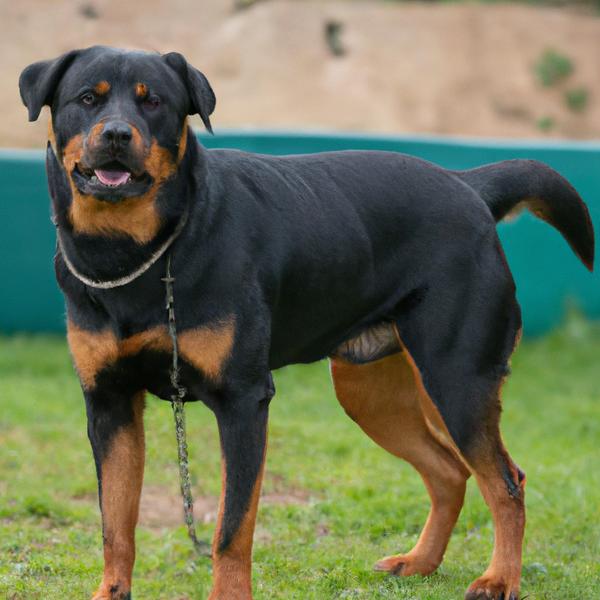
Rottie Shepherd
Brusston vs Rottie Shepherd
